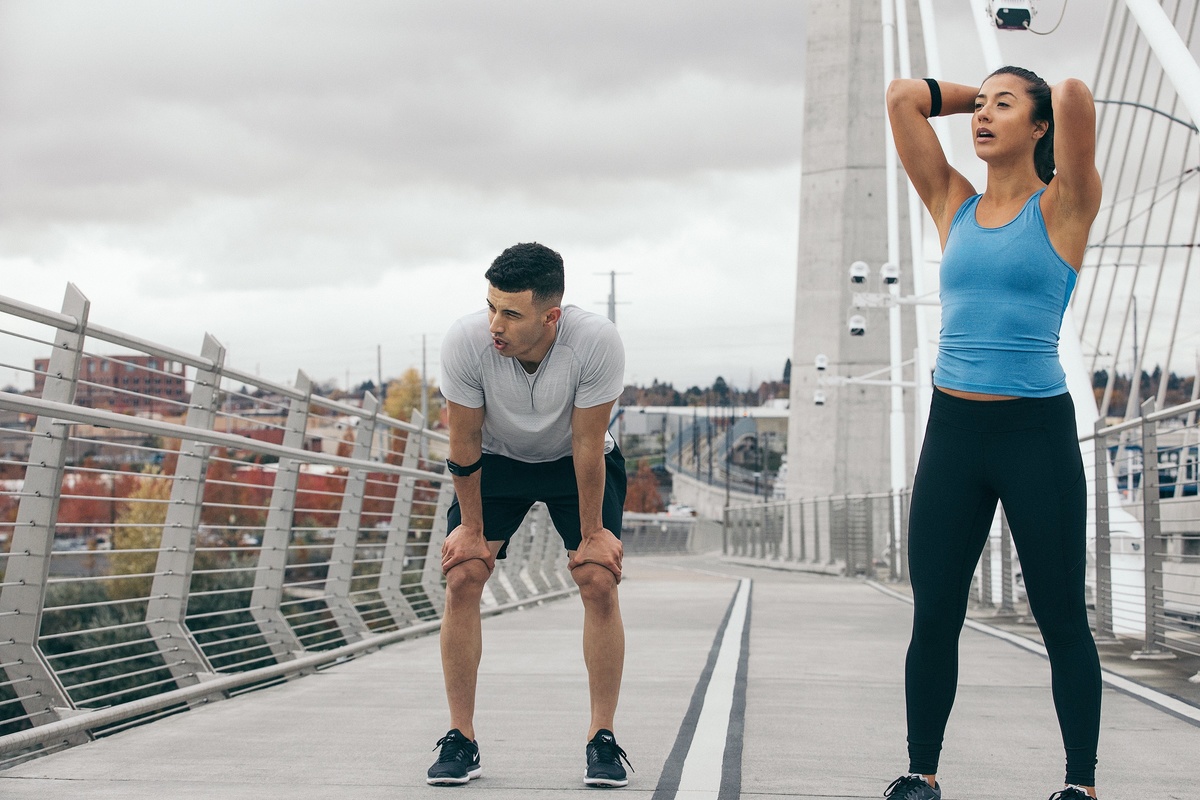
Completing a marathon is a bucket list item for many runners. Most runners have caught the “running bug” after their first 5k or 10k race and set their sights on the coveted 26.2-mile distance. Training for such an event like the marathon requires time, dedication, and potentially a lot of blister tape. Whether you are a seasoned professional when it comes to the distance or an anxious first-time marathoner, adding an element of cardiovascular training like cycling, outside of tacking on mileage can be beneficial in the long run. Cycling can help to increase fitness while decreasing your risk of injury. Cycling can also help to add muscular endurance strength that can help you finish a marathon strong rather than hanging on. Next time you think about lacing up for your daily double, consider reaching for a different pair of shoes; your cycling shoes.
Cross-Training and Recovery
It is no secret that even the world’s best runners supplement their weekly training with workouts outside of running alone. These activities can include the elliptical, aqua-jogging, and cycling. What do all of these have in common, low impact! Marathon miles add-up quickly, and no matter how well you recover your body still feels the effects from all of the pounding. Unfortunately, many runners are sidelined in training due to stress-related injuries which can impact bones, tissue, and ligaments. Cross-training activities such as cycling add an element of low-impact training on your bones but have a big impact when it comes to your cardiovascular system.
Recovery days do not always mean a day off of training. Recovery can also include, “active recovery.” It is important that every training session during the week is not an all-out effort. The day after hard sessions calls for active recovery to help “keep things moving.” Cycling is a great option when it comes to easy recovery days to not only reprieve your muscles from running but to break up your training with a new form of movement. When we perform low-intensity exercise, we stimulate the blood vessels in working muscles to dilate, increasing blood flow. This increase in blood flow allows more nutrients to be absorbed into your tired and sore muscles that have become slightly damaged from the previous day’s workout. The faster we are able to get necessary nutrients into our muscle cells, the faster they can repair themselves and we can get back to adding stress to our system!
Muscular Endurance
Running a marathon requires an immense amount of muscular endurance. When we break down running mechanics it can be simply thought of as single-leg squats performed repeatedly, and for a marathon that’s 26.2 miles of single-leg squats. Running requires endurance from your entire body: hips, core, glutes, quads, hamstrings, calves, and even your upper body to promote good arm swing. Increasing muscular endurance across all fronts will be required especially when facing difficult courses like the Boston Marathon where the infamous HeartBreak Hill challenges you to climb a steep ½ mile at mile 20 of the race. A course like the New York City marathon challenges runners with undulating terrain throughout its entirety. Having increased muscular strength can help you tackle difficult courses, and even help to promote a finishing kick. Cycling can increase your muscular endurance without having to hit the gym. Performing some classic workouts like hill repeats are a great way to build leg strength and cardiovascular endurance at the same time.
Increasing Aerobic Capacity
Muscular strength is important for running, but one of the largest organs we work during running may be our lungs! Our ability to translate training to results will focus on improving our body’s cardiovascular adaptations to training. Specificity of running is important as you can help your body hard wire neuromuscular patterns and fine-tune biomechanics. Cycling can assist your training by increasing your ability to sustain long cardiovascular efforts. A marathon requires an extended amount of time working your cardiovascular system, and each weekend you head out for your long run, you aren’t always running a full marathon distance. Long rides on the bike can work on holding cardiovascular efforts for longer periods of time, and can aid in promoting increased recovery to tired leg muscles so that you can nail your long run! Adding in a 2-3 hour weekend long ride can aid in increased cardiovascular fitness while lowering the mechanical load placed on your lower limbs. If you are looking to mix things up on the bike, you can add in some high-intensity intervals to target VO2 max work. As an option, especially to runners who have a high risk of injury, consider shifting one running intensity session over to the bike. This shift can help to stabilize fitness but increase recovery for the lower body.


